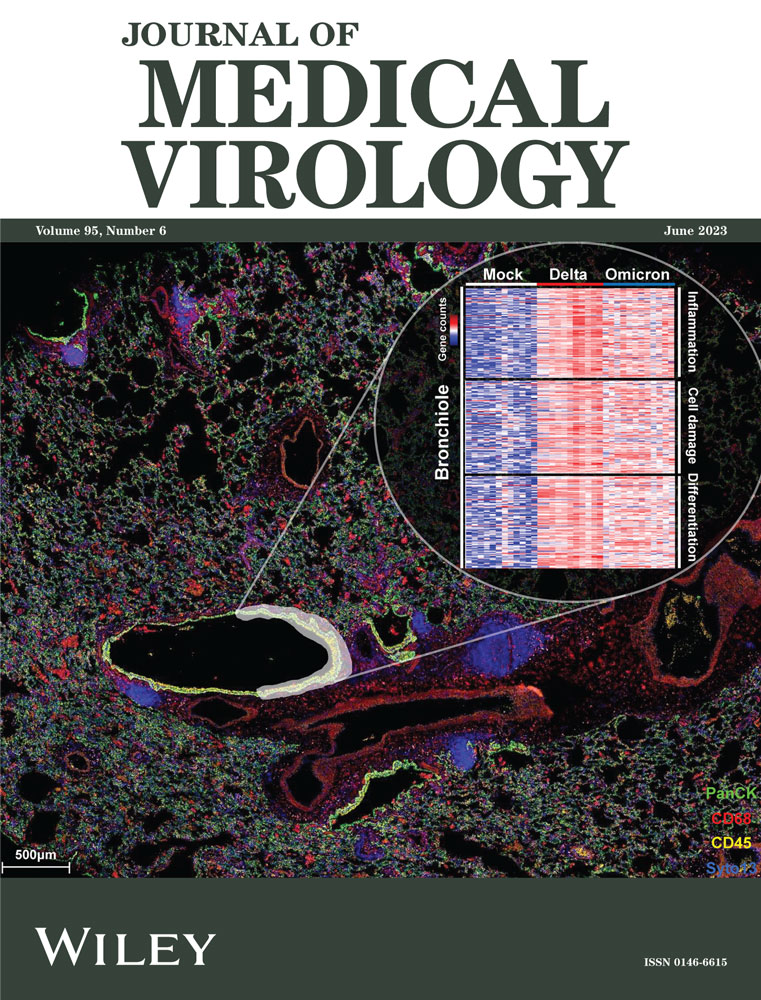Real-world effectiveness of Azvudine versus nirmatrelvir-ritonavir in hospitalized patients with COVID-19
Guangting Zeng and Linlin Wang contributed equally.
We have read with great interest the study by Deng et al.,1 about Real-world effectiveness of Azvudine versus nirmatrelvir-ritonavir in hospitalized patients with COVID-19. Their study revealed that Azfudine treatment showed better clinical benefit in hospitalized COVID-19 patients compared to nirmatrelvir-ritonavir. As a real-world study, the authors used a matching design to reduce the interference of confounding dependent variables. However, due to the partial absence of characteristic information, we are concerned about the reliability of this study conclusion.
First, the lack of information on the number and type of vaccines received, as well as previous infection history, which are related to the immunity of patients,2, 3 may lead to a bias in population grouping. Second, there is no clear classification and severity grading of patients’ comorbidities, such as tumor and hypertension. These risk factors have different mortality risks. Although these factors are matched, population heterogeneity is likely to still exist. Third, Concomitant treatments initiated at admission, such as glucocorticoids, are not described with dose and course information. Studies have shown that low doses and short courses of glucocorticoid therapy significantly improve outcomes in patients with COVID-19,4 while high doses and long courses of glucocorticoid therapy are associated with an increased risk of death in patients with COVID-19.5, 6 Interestingly, another real-world study showed that patients treated with nimatvir-ritonavir showed faster viral suppression at the beginning of their hospitalization and had an earlier RT-PCR negative transformation than patients treated with Azivudine.7 However, this study did not assess the impact of either drug on disease progression in patients, including all-cause death, admission to the intensive care unit, initiation of invasive mechanical ventilation and the need for high-flow oxygen therapy. Previous evidence has shown that viral load is related to disease severity,8 and that early suppression of viral replication can significantly improve outcomes for COVID-19 patients.
Bias is the worst enemy of real-world research, interfering with the reliability of research conclusions, while these findings may influence the choice and prioritization of antivirals by clinicians. Therefore, to improve the comparability of studies and provide reliable clinical evidence, it is necessary to further discuss the problems existing in each study.
CONFLICT OF INTEREST STATEMENT
The authors declare no conflicts of interest.
Open Research
DATA AVAILABILITY STATEMENT
Data sharing is not applicable to this article as no new data were created or analyzed in this study.




